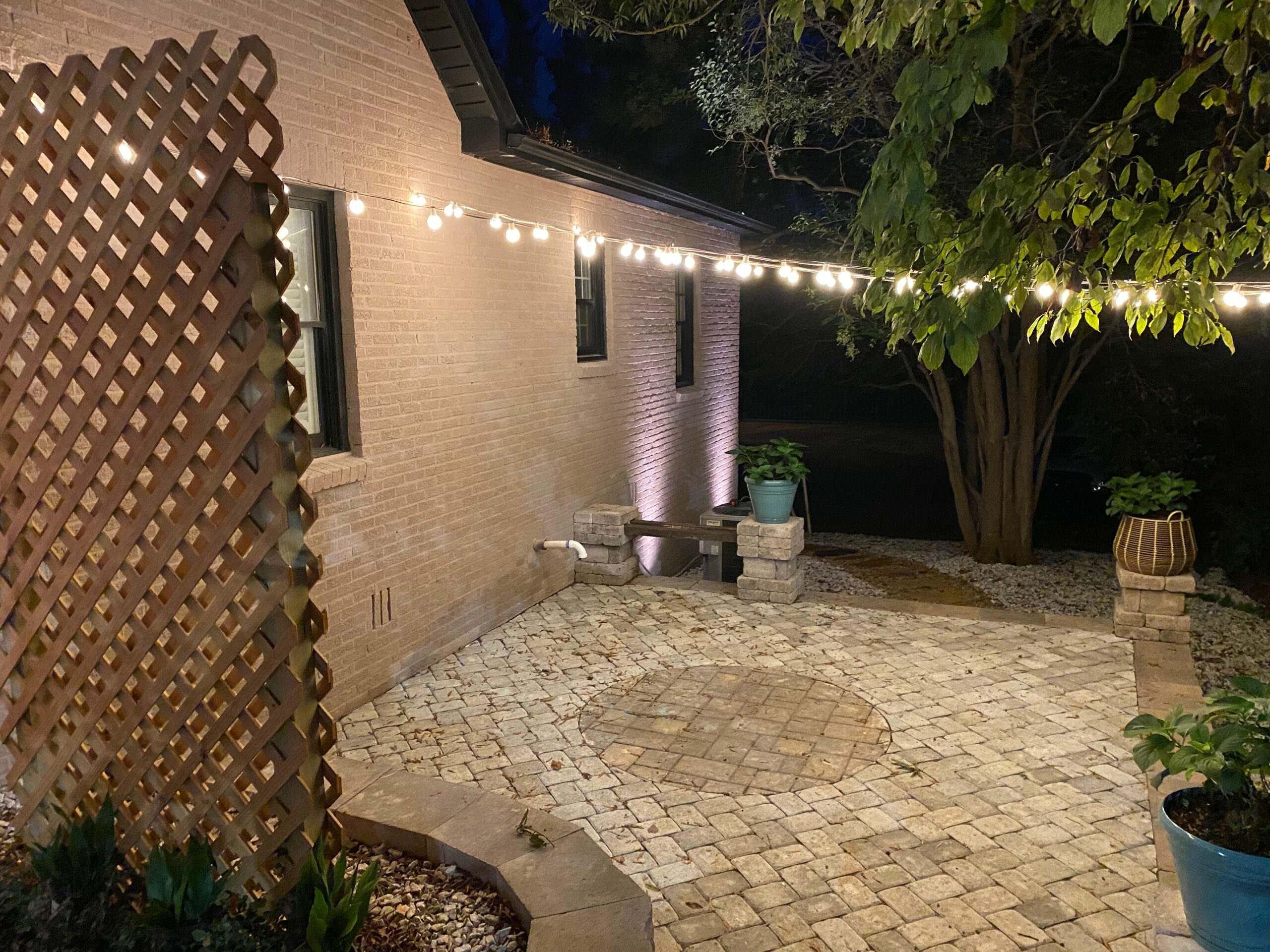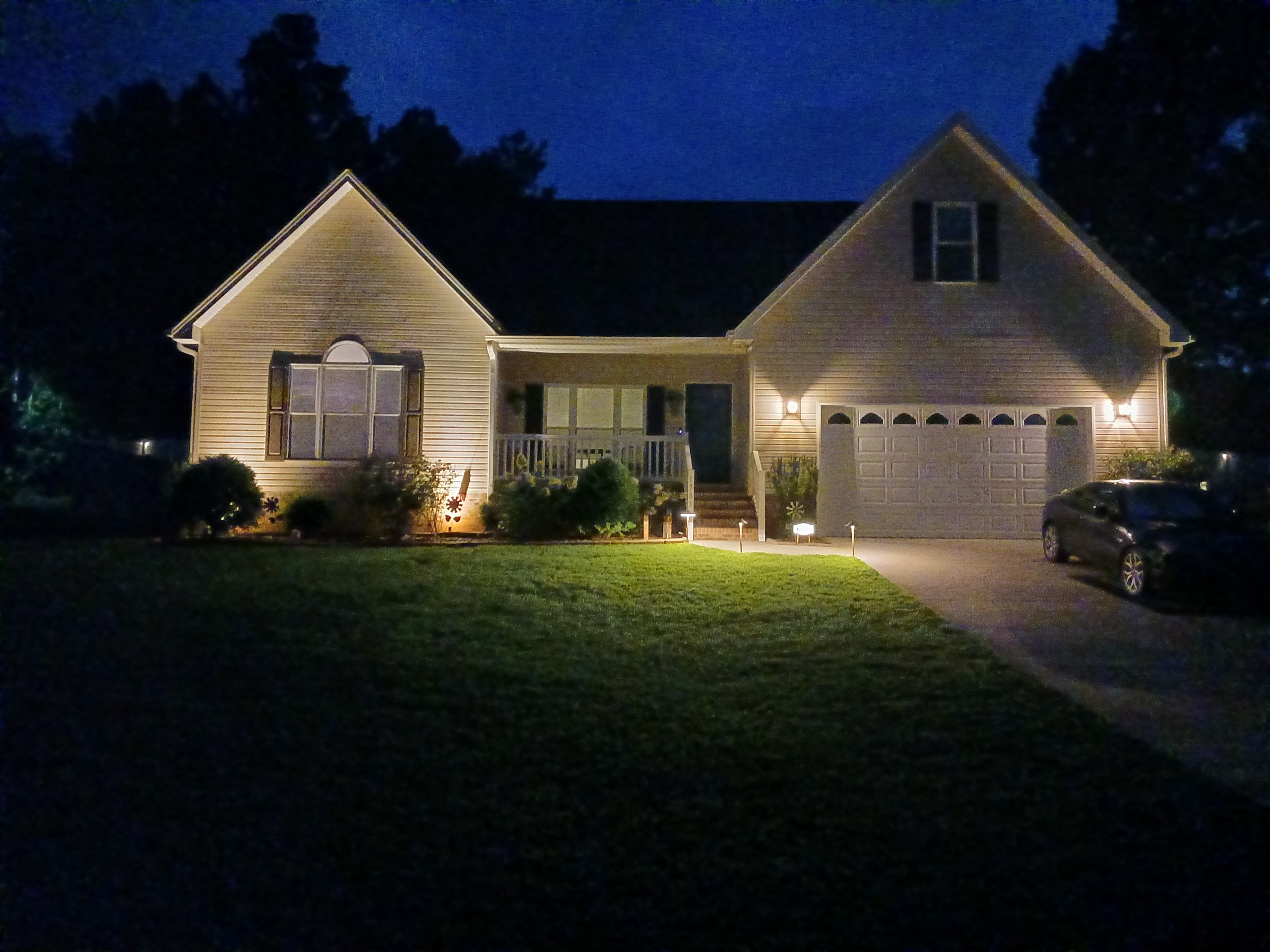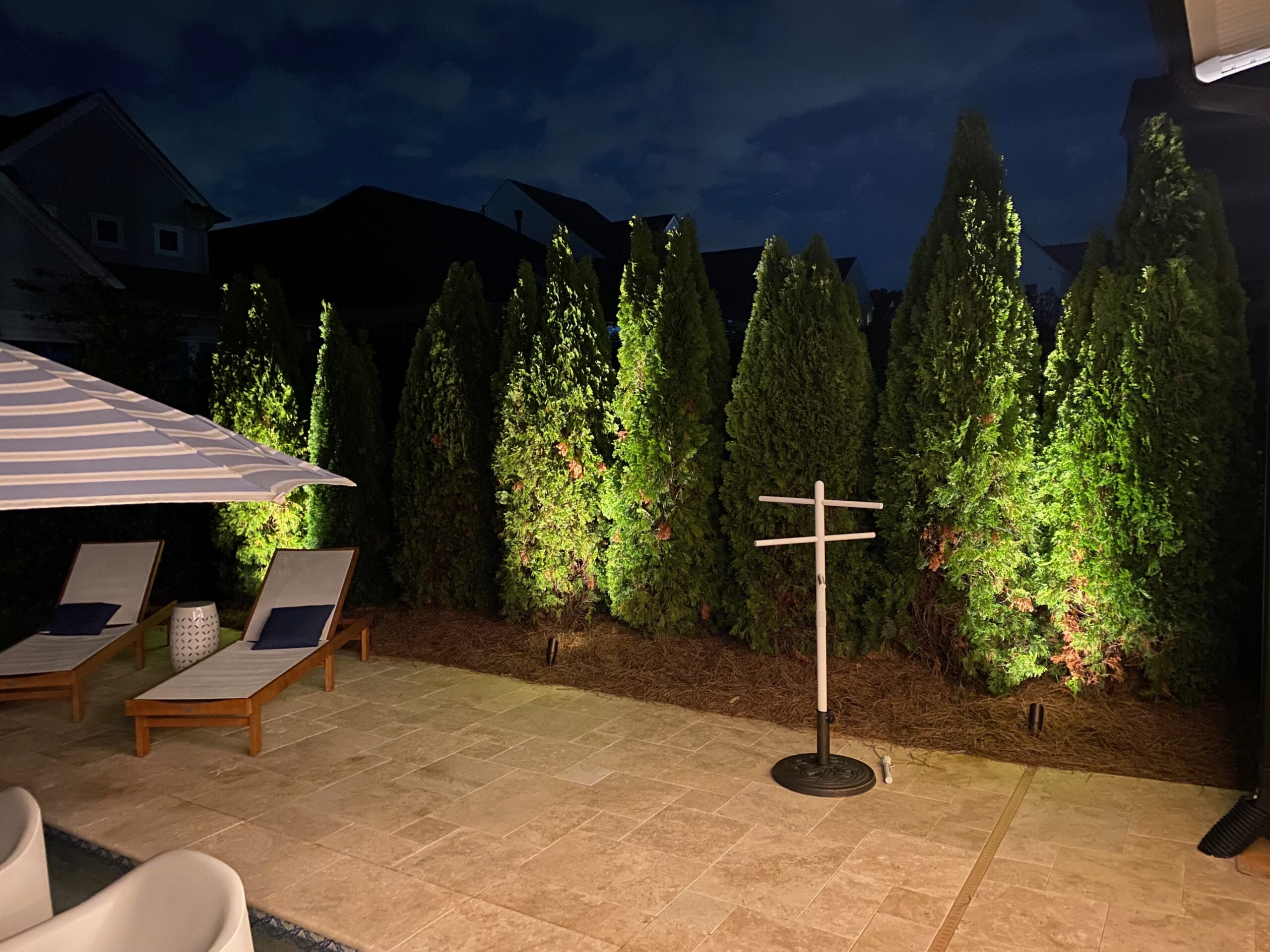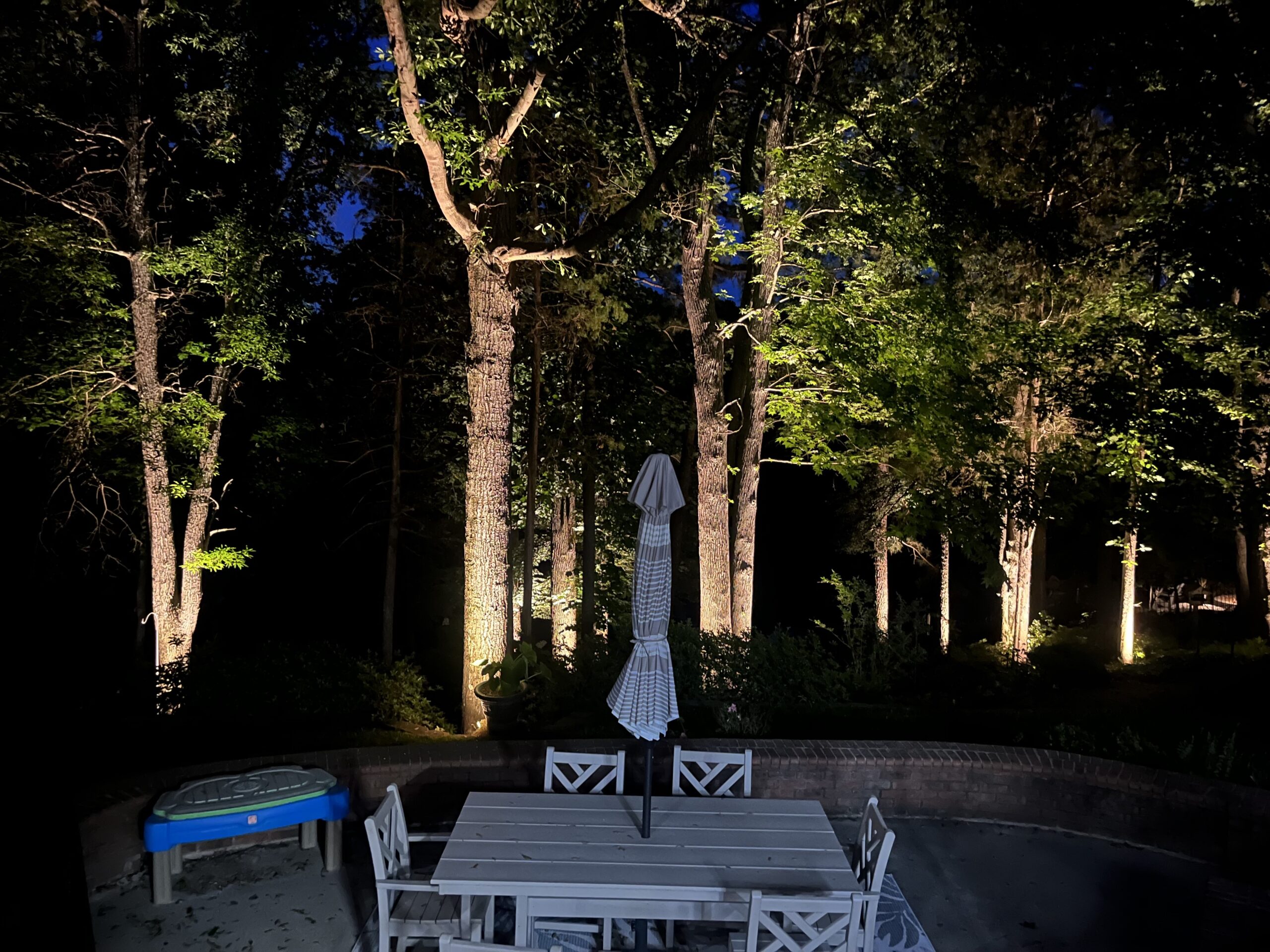When you walk into a room, what’s the first thing you notice? Chances are, it’s the lighting. The intensity, the color, the ambiance—light does far more than just illuminate a space. It has the power to influence how we feel, how we work, how we eat, and even how well we sleep.
You might not realize it, but the light bulbs you choose play a significant role in shaping your environment and impacting your day-to-day life. Whether you’re setting the mood for a cozy evening or preparing for a productive workday, light is an unsung hero in your daily routines.
How Do Different Light Bulb Colors Impact Mood And Emotions?
Ever notice how different light bulbs can create entirely different vibes in a room? This isn’t just a matter of personal preference—there’s actual science behind how various light colors affect our mood and emotions.
1. Cool Blue Light (Daylight Bulbs): Energizing and Focused
Cool blue or daylight bulbs (typically between 5000K and 6500K) mimic the light of a bright, sunny day. This type of lighting can give your mood a boost by increasing alertness and focus. It’s perfect for workspaces, kitchens, or bathrooms where you want to feel energized and awake.
- Increased Alertness: The high-intensity light can make you feel more awake, reducing feelings of sleepiness or sluggishness.
- Enhanced Focus: Ideal for task-oriented activities, cool blue light helps you concentrate, which is why many office buildings and study environments use this type of lighting.
- Stimulating Mood: Blue light triggers the release of serotonin, a hormone responsible for boosting mood and keeping depression at bay.
2. Warm White Light: Cozy and Relaxing
On the other side of the spectrum, warm white light (usually around 2700K) is soothing and comforting. This color temperature, which mimics the soft glow of candlelight or sunset, is perfect for creating a relaxed atmosphere in living rooms, bedrooms, or dining areas.
- Mood-Boosting: Warm light can have a calming effect, promoting relaxation after a busy day. It’s the kind of light that encourages unwinding and enjoyment.
- Intimate Vibe: When you want to set a cozy, romantic mood or create a space for quality family time, warm white light is your go-to.
- Reduces Stress: Studies have shown that warmer lighting can help reduce stress levels by lowering heart rate and fostering a sense of calm.
3. Amber or Soft Yellow Light: Comfortable and Inviting
Amber or soft yellow lighting is somewhere between warm and neutral tones. It’s ideal for creating an inviting and comfortable atmosphere without feeling too harsh or too dim.
- Nostalgic and Comforting: It’s often associated with homey, cozy environments like around a fireplace or during relaxed, low-energy activities.
- Less Disruptive: It’s gentler on the eyes than cool lighting and can help ease tension in social situations by promoting relaxation without being too dark.
4. Green and Red Lights: Special Occasions
Green and red light bulbs are less common in everyday settings but can serve specialized purposes. For example, red light is often used in spaces meant for relaxation, such as meditation rooms or spas, because it can have a calming, grounding effect. Green light, on the other hand, is associated with calmness, growth, and renewal, making it perfect for spaces that require focus or an atmosphere of peace.
Can the Brightness of a Light Bulb Affect Productivity at Work?
We all know how important it is to feel energized and focused at work, but did you know that the brightness of your light bulbs plays a huge role in your productivity?
1. Too Bright: Overstimulating
While bright light can be energizing, too much of it can be overwhelming. Harsh, overly bright lighting in a workspace may lead to eye strain, headaches, and fatigue. This is particularly true if the brightness is not regulated or if the lighting is uncomfortably close to your workspace.
- Eye Strain: High-intensity lights, especially those that are too close, can cause discomfort and disrupt your ability to concentrate for long periods.
- Stress-Inducing: Bright lighting can raise cortisol levels (the stress hormone), leading to tension and anxiety.
2. Too Dim: Low Energy
On the flip side, too little light can be equally detrimental. Dim lighting may cause fatigue, reduce motivation, and even lower concentration. Your body can struggle to stay alert in dark environments, making it harder to stay productive, especially in the afternoons.
- Sleepiness: Low light levels may trick your brain into thinking it’s time to wind down, leading to feelings of drowsiness or lack of focus.
- Lack of Motivation: Dim spaces are often associated with relaxation and rest, which can make you feel too comfortable to focus on the task at hand.
3. The Sweet Spot: Balanced Brightness
The ideal work lighting is balanced—bright enough to keep you alert and energized, but not so harsh that it causes strain. Adjustable lighting fixtures or smart lighting systems that allow you to change the intensity based on the time of day can be perfect for maintaining high productivity levels.
- Enhanced Focus: The right amount of light helps your brain stay engaged and minimizes distractions.
- Fostering Creativity: Certain types of bright, cooler lights can stimulate creativity and innovative thinking, making them ideal for brainstorming sessions or creative work.
How Does Lighting Influence Appetite and Eating Habits?
Ever notice how you feel hungrier in certain settings? The lighting in a dining room, kitchen, or restaurant can have a surprising effect on your appetite and eating habits.
1. Bright Lights and Appetite-Stimulation
Bright, cool lighting can actually reduce your appetite. This is why many fast food chains and quick-service restaurants opt for harsher lighting. While it might sound counterintuitive, bright lighting can encourage quicker eating and lower food intake.
- Encourages Quick Meals: Bright, cool lighting tends to make people eat faster, often leading to smaller portions and quicker turnover.
- Appetite Suppression: Bright, high-energy lighting tends to signal your brain to focus more on tasks than on food, reducing your appetite.
2. Warm, Dim Lighting and Relaxed Eating
On the other hand, soft, warm lighting creates a relaxing atmosphere, encouraging people to sit and enjoy their meals slowly. In this setting, people tend to linger longer, savor their food, and even eat more than they would in bright light.
- More Satisfied Eating: Dim lighting can encourage slower eating and increase food intake. It’s perfect for family dinners, date nights, or leisurely meals with friends.
- Enhanced Dining Experience: Warm lighting adds a sense of comfort and relaxation, making your meal feel like a special occasion rather than a quick bite.
3. The Influence of Color Temperature
Interestingly, warm light can also influence the type of food we crave. Studies suggest that people are more likely to reach for comfort foods like pasta, burgers, or rich desserts in environments with soft, warm lighting, while cooler light can suppress those cravings.
What is the Connection Between Light Bulbs and Sleep Quality?
The quality of light not only affects how you feel during the day but can also determine how well you sleep at night. Our bodies are intricately connected to natural light patterns, and artificial lighting can disrupt this rhythm.
1. Blue Light and Sleep Disruption
Blue light, the type emitted by smartphones, laptops, and certain light bulbs, is notorious for interfering with sleep. It suppresses the production of melatonin, the hormone responsible for regulating your sleep-wake cycle, making it harder to fall asleep at night.
- Disrupts Melatonin Production: Exposure to blue light in the evening tricks your brain into thinking it’s still daytime, reducing melatonin levels and making it harder to unwind.
- Poor Sleep Quality: Constant exposure to blue light before bed can lead to sleep disturbances and overall lower-quality sleep.
2. Warm Light for Better Sleep
To improve sleep quality, opt for warm light in the evening. Warm lighting—think amber or soft yellow tones—does not interfere with melatonin production and helps signal to your brain that it’s time to wind down.
- Encourages Relaxation: Warm light promotes the relaxation needed for sleep, helping you fall asleep faster and enjoy deeper rest.
- Better Sleep Hygiene: Dimming your lights in the evening and opting for warm bulbs can improve your sleep hygiene, leading to more restful nights.
3. The Power of a Nightlight
If you need a light source for the night, choose red or amber-toned nightlights. These colors have the least impact on your circadian rhythm, allowing you to get a better night’s sleep even with a light on.
Light bulbs do far more than just illuminate your home—they can influence your mood, productivity, appetite, and even sleep quality. The next time you’re choosing lighting for your space, consider the psychological impact of your choices.
By adjusting the color and brightness of your lights, you can create an environment that enhances your overall well-being, from boosting energy and focus to improving relaxation and rest. So, don’t just flick a switch—choose your lighting wisely to make the most of every room in your home.
Let Palmetto Outdoor Lighting Illuminate Your Life
Ready to transform your home with the perfect lighting? At Palmetto Outdoor Lighting, we specialize in creating custom lighting designs that enhance your outdoor space, boost curb appeal, and elevate your mood. Whether you’re looking for a welcoming glow for your front porch, a stylish lighting feature for your garden, or increased security around your home, we’ve got you covered.
Don’t let your outdoor spaces remain in the shadows—let us help you light the way to a more beautiful, functional, and inviting home. Contact us today for a consultation, and let’s bring your vision to life with expertly designed outdoor lighting solutions. Your perfect ambiance is just a call away!





